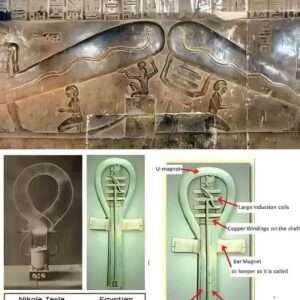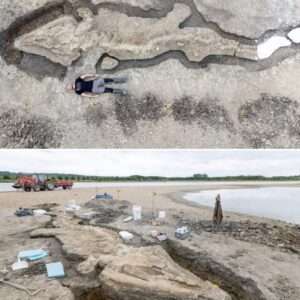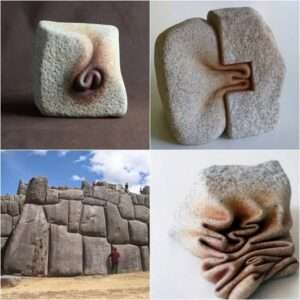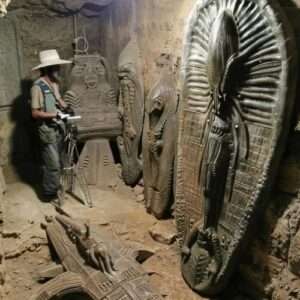Situated in Aswan, Egypt, lies a stunning historical marvel that still stands tall, despite being unfinished – the largest known ancient obelisk. This ancient monument, known as the Unfinished Obelisk, provides a fascinating glimpse into the incredible craftsmanship and engineering techniques of ancient civilizations.

Carved directly out of the bedrock in a quarry in Aswan, the Unfinished Obelisk is estimated to date back to the reign of Queen Hatshepsut, around 1508-1458 BC. At a staggering height of approximately 137 feet (42 meters) and a weight of around 1,168 tons, this obelisk would have been the largest ever created if it had been completed and erected.
The abandoned state of the Unfinished Obelisk offers valuable insights into the techniques used by ancient Egyptians to quarry and sculpt these massive stone structures. The process of carving an obelisk was a complex and labor-intensive task that required meticulous planning and precision. The ancient craftsmen would have used dolerite pounders and chisels made of hard materials like diorite to shape the stone block.
One of the most intriguing mysteries surrounding the Unfinished Obelisk is the reason for its abandonment. It is believed that a crack that appeared in the granite during the quarrying process led to the decision to abandon the obelisk. However, the exact circumstances remain a subject of speculation among historians and archaeologists.

Today, visitors to the Unfinished Obelisk can marvel at the sheer scale of the monument and imagine the incredible efforts that went into its creation. The site offers a unique opportunity to witness firsthand the ancient quarrying techniques and the monumental ambition of the ancient Egyptians.
In addition to its historical significance, the Unfinished Obelisk also serves as a reminder of the rich cultural heritage of Egypt and the enduring legacy of its ancient civilization. Aswan, known for its granite quarries and temples, continues to attract tourists and history enthusiasts keen on exploring its archaeological treasures, including the remarkable Unfinished Obelisk.
Overall, the Unfinished Obelisk in Aswan stands as a testament to the ingenuity and craftsmanship of ancient civilizations, preserving a glimpse of Egypt’s majestic past for generations to come.





